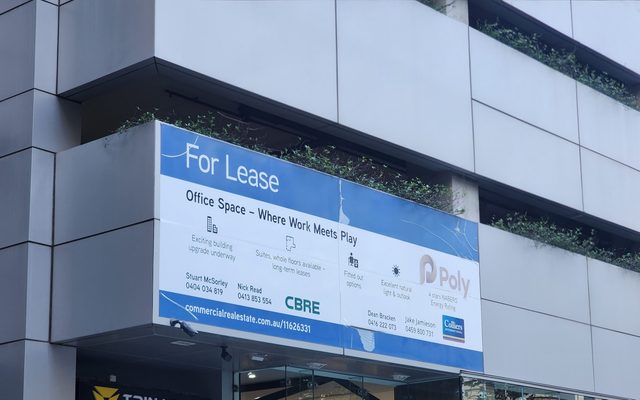This article is from the Australian Property Journal archive
The “tide has turned” for Australia’s rental market, with some locations starting to see rents fall, as more investors and different house formations help drive a rebalance of supply and demand, bringing more choice for renters.
Renters are still facing record high prices but new data from Domain reveals the lowest September quarter rental growth rate since 2019 for houses and 2020 for units.
“For tenants, the outlook is much better than what we’ve seen over the last few years. Their choice is rising,” Domain’s chief of research and economics, Nicola Powell told Australian Property Journal.
“We had seen the steepest and longest rental surge in Australia’s history. And what we have now found is that all capital cities have passed their peak rates of growth and they’re decelerating rapidly. And we’ve even got some cities already in decline.
“The tide has turned.”
In the houses segment, Sydney recorded its weakest growth rate for a September quarter in four years, at 2.0%, with annual gains now at their lowest in almost three years. Weekly rents are at a record high $775 currently.
Melbourne saw its weakest outcome for a September quarter since 2021 as weekly rents held at a record high of $580 per week, while Brisbane rents have declined for the first time in just over four years, marking the end of the city’s longest and steepest growth period.
Darwin led quarterly growth at 3.0%. Hobart was up by 1.9%, Perth by 1.5%, and Adelaide by 0.8%.
For units, Sydney rents remained steady over the September quarter for the first time this calendar year, holding at a record $720 per week. Melbourne rents remained steady for the second consecutive quarter after a record run of rent gains, now sitting at a record of $550 per week, while Brisbane rents tumbled 1.7% – or $10 – over the September quarter to $590 per week. This marks the first quarterly decline in just over four years.
“I think it’s important to note though, we still don’t have a balanced rental market,” Powell told Australian Property Journal.
“We still have a landlord’s market across all of our capital cities. And what that means is the vacancy rate is below 2%. So it is quite unusual, the fact that we’ve got some cities – Brisbane is one of those examples – where rents declined over the quarter, but it’s still technically a landlord’s market.”
Vacancy rates showed little or no movement over the quarter. Adelaide has the tightest market of the capitals (at just 0.4%), followed by Perth and Hobart (0.5% each) and Darwin (0.7%).
Sydney was next (1.1%), then Melbourne (1.3%) and Canberra (1.6%).
The combined regional market vacancy was 0.8%.
“We’re definitely seeing supply rise. And what that means for a tenant is there is a bit more choice,” Powell said.
One of the biggest shifts on the supply side has been a rise in investment activity. The value of investor loans has risen by 35% annually, according to the Australian Bureau of Statistics.
“I think investors are chasing capital growth, and they’re probably being activated as well by the increased likelihood of the RBA moving on interest rates – so they’re almost trying to make that purchase before the RBA starts on their rate-cutting cycle, because they will know that once we start to see rate cuts, that will likely spark housing activity and create additional momentum in our housing market,” Powell said.
Investors currently account for 38% of new home loans, well above the decade average.
Powell said affordability is “clearly at the forefront of tenants’ minds”.
“Those affordability constraints are driving demographic shifts and a change in household formation. It’s prompting tenants to rent out a room, go into a house share, or intergenerational living in order to alleviate that financial strain.”




